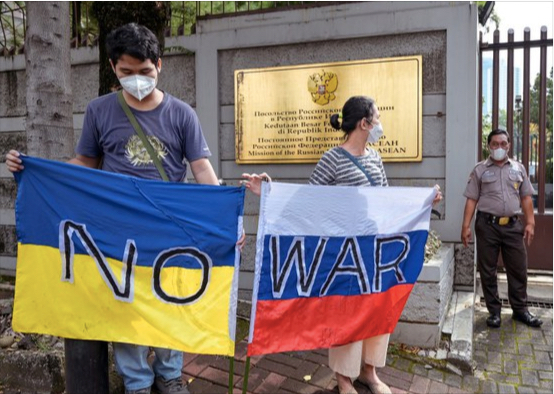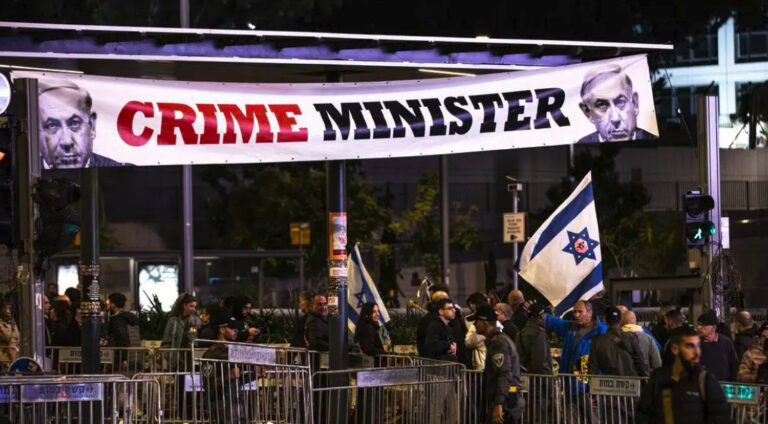
STRATEGIC ASSESSMENT. The past several months have been some of the most difficult for Ukraine since Russia’s full-scale invasion more than two years ago. Since withdrawing from Avdiivka in February, Ukrainian forces have been able to delay, but not halt, the Russian advance west of the city. In the wake of the withdrawal, conditions along the front have worsened, forcing leadership to prioritize air defense on the frontline, leaving critical infrastructure, specifically powerplants, vulnerable to Russian airstrikes.
As stockpiles of air defense munitions dwindled, airstrikes pulverized Ukrainian defenses along the frontline and tested civilian morale by triggering widespread power shortages and outages. Ukrainian energy experts are now working to decentralize energy production across dozens of smaller power plants to mitigate the effects of Russian strikes.
In recent days, Russian troops seized the villages of Ocheretyne and Netaylove, roughly 10 kilometers northwest and southwest of Avdiivka, respectively. Describing this increasingly tenuous position in Donetsk Oblast, Ukraine’s Commander-in-Chief of the Armed Forces Oleksandr Syrsky explained that Russia is “trying to seize the strategic initiative and break through the frontline.” Although the Russian gains are limited, villages like these are considered steppingstones on the path to more significant objectives west of Bakhmut and Avdiivka, where Ukrainian forces are establishing a defensive line.
Breaches like those seen in recent days could make holding nearby defensive positions untenable, forcing Ukrainian forces to abandon them and allowing Russian forces to continue their advance. These setbacks have resulted in finger-pointing within the Ukrainian military; however, there is widespread agreement on the underlying causes of the failures. Ukraine’s defenders lack the equipment, ammunition, manpower, and defensive fortifications necessary to stem the tide of Russian advance.
Last month, deadlock in the U.S. Congress over continued support to Ukraine was broken after Iran retaliated against Israel with a massive but largely ineffective aerial assault. The attack added a sense of urgency to the issue of foreign assistance and forced Republican Speaker of the House, Mike Johnson, to reconsider his position on Ukraine aid. The Ukraine bill was part of a package of national security legislation approved by Congress, which allocated $26 billion for Israel, $8 billion for the Indo-Pacific, and included a bill that may set conditions for TikTok to be banned in the U.S. Though there are fears that the crisis in the Middle East will draw resources and attention away from the war in Ukraine in the long-term, it appears to have been a motivating factor for Speaker Mike Johnson who risked being ousted by his own party over the decision.
Ukraine will now receive more than $60 billion in U.S. military assistance in the coming months. Provision of critically needed artillery ammunition will help reduce the current Russian firepower advantage, which the commanding general of U.S. European Command described as a 5:1 advantage. The package also includes anti-tank guided munitions (ATGM) like the Javelin, an indispensable weapon in the opening weeks of the war, and anti-tank mines, which helped Russian defenders stall Ukraine’s summer counteroffensive.
After months of withering missile and drone attacks, Ukraine is also in dire need of air defense munitions and equipment. Projected deliveries of Patriot and National Advanced Surface-to-Air Missile System (NASAMS) will help defend cities and infrastructure against ballistic missiles, while short-range systems like the Stinger will prevent Russian aircraft from providing close air support to Russian ground components. Additionally, the expected arrival of F-16s this summer will further diminish Russia’s ability to use airstrikes to clear paths through Ukrainian defenses for Russian ground troops. Though this latest show of support will be a significant boon for Ukrainian forces, critics point out that without long-term predictable assistance it will merely help stave off defeat rather than win the war.
In April, Ukraine’s president, Volodymyr Zelensky, codified several changes to the rules on civilian conscription, ending months of deliberations and parliamentary wrangling. The laws, which are expected to come into effect in May, lower the age of conscription from 27 to 25 and introduce new policies intended to boost recruitment. Ukraine’s military leadership has been desperate to replenish its ranks after months of intense combat and costly battles like those at Bakhmut and Avdiivka.
Like many former Soviet Union countries, Russia included, Ukraine saw its birth rate plummet during the uncertain times that followed the breakup of the Union of Soviet Socialist Republics (USSR). That generation is now of fighting age and even without the added attrition of combat losses, the post-Soviet generation was predicted to struggle to meet labor demands under the weight of an inverted population pyramid and an increasing number of pensioners. Despite these real concerns, conditions on the battlefield convinced Ukrainian officials that exacerbating the existing demographic crisis was necessary to ensure Ukraine’s survival. The draftees and volunteers will take weeks to train, however, their eventual integration into combat formations will relieve some of the immense pressure on the exhausted frontline units.
Russian leadership likely sees the next few weeks as an important window of opportunity to press its advantage before the promised military assistance and new recruits reach the front. After breaching Ukrainian lines at Ocheretyne, the Russian military committed several crack brigades, which had been reconstituting themselves over the past month after intense fighting in the battle for Avdiivka. These veteran units will seek to exploit and build upon the recent tactical successes and breakthrough Ukrainian lines.
Limited by its own manpower and equipment constraints, it is unlikely Russian forces will be able to translate tactical progress into operational success before this local offensive culminates. The choice to commit these experienced brigades, however, signals Russian leadership’s prioritization of the fight in Donetsk and its desire to make tangible progress before Victory Day on 9 May. The Kremlin appears confident in its ability to outlast Western support to Ukraine. Kyiv, on the other hand, has proven willing to make immense sacrifices to continue resisting Russian coercion. The questions of whether Western defense production capacity can keep pace with battlefield requirements and whether political support for Kyiv will endure, leaving Ukraine’s future hanging in the balance.





